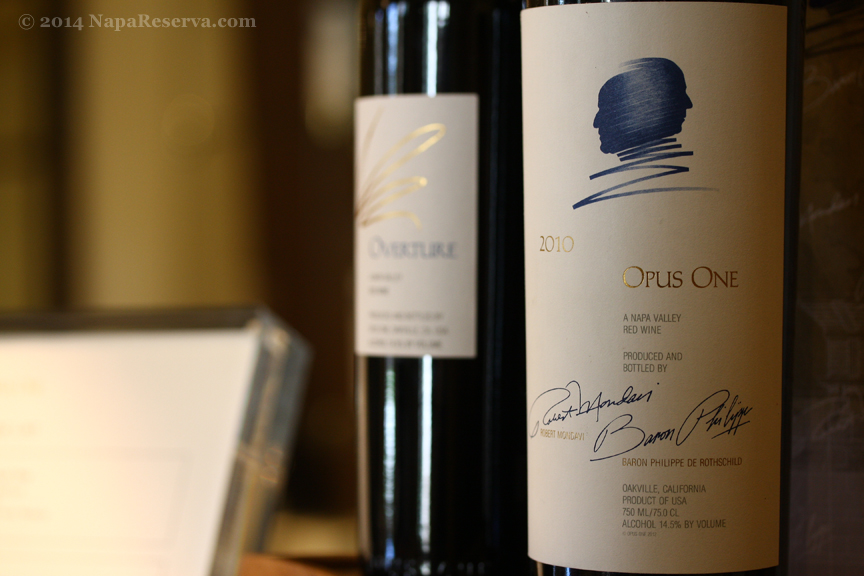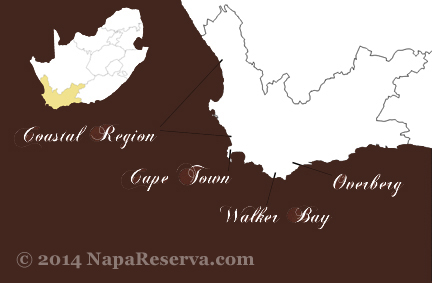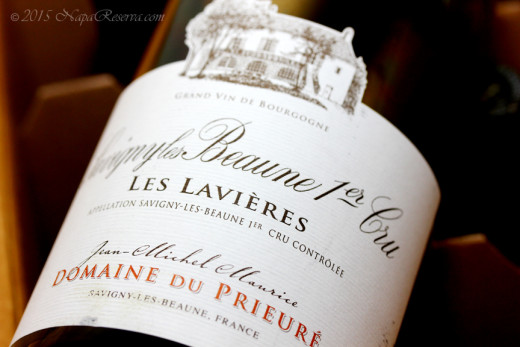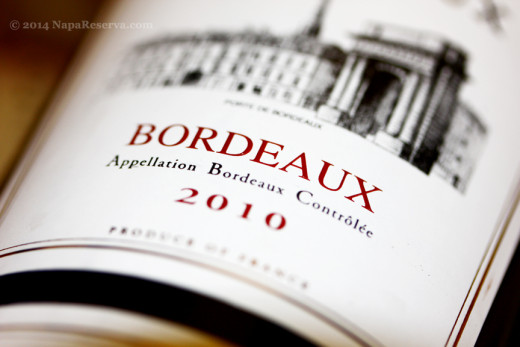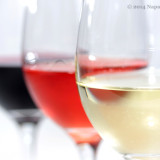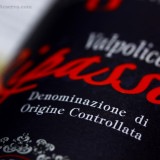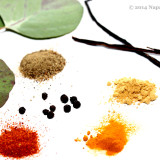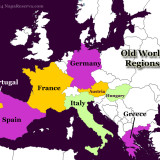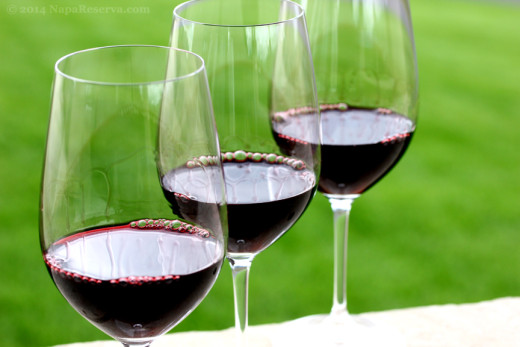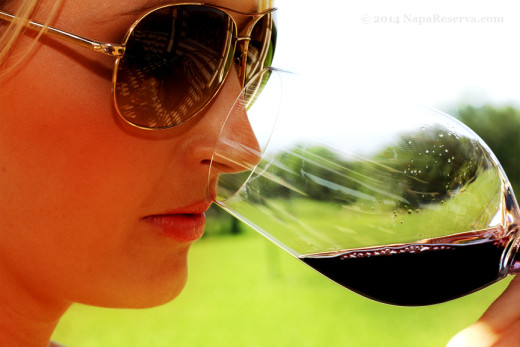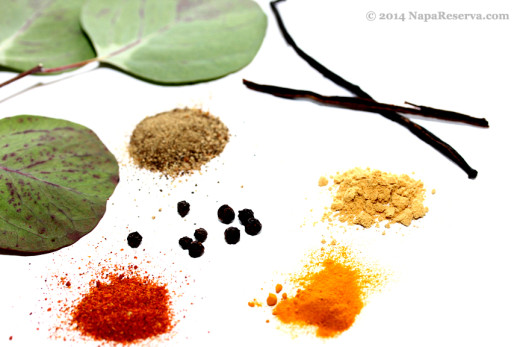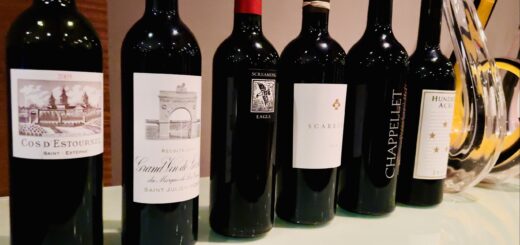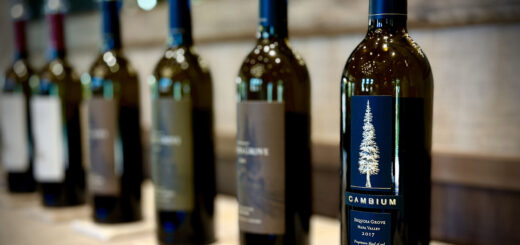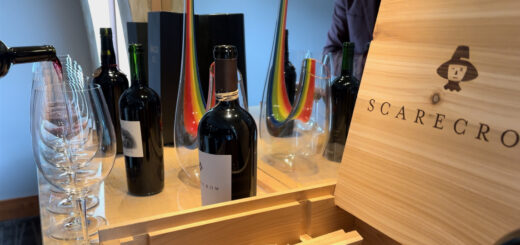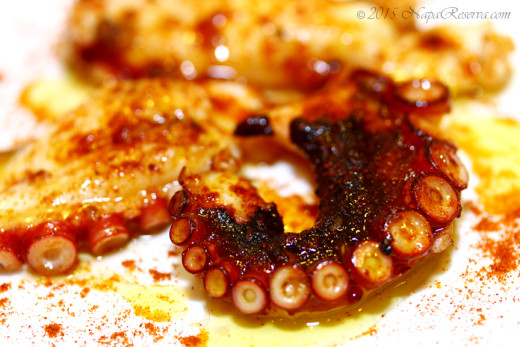New World labeling of Grape Varietals
The world of wines is almost always divided into 2 categories, those from Old World and some of New World. There are many differences between their approach in viticulture, wine-making and even how they label their finished products. First of all, New World wines refer to those that were produced in new world countries; in random order, the top seven are: the U.S, Australia, New Zealand, Chile, Argentina, Canada and South Africa.
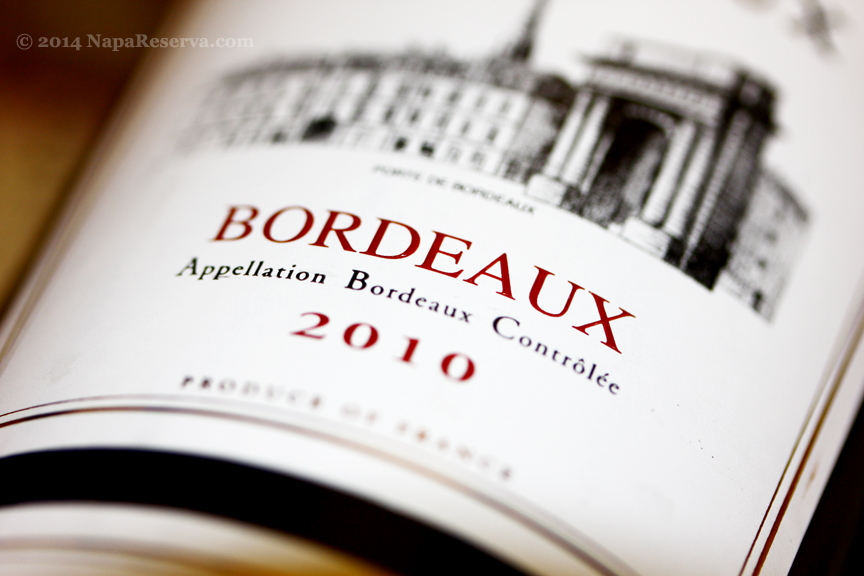 With heavy emphasis on “Terroir” or Appellation, many Old World nations enforce much stricter regulations on viticulture practices; arguably the most significant restriction is placed on the grape varietals -which varietals are allowed to be grown in particular appellation and even their yield per acre. It is understandable that labeling their wines centers around the appellation where the grapes were grown in – with some exception such as wines from Alsace, France where varietal labeling is widely used.
With heavy emphasis on “Terroir” or Appellation, many Old World nations enforce much stricter regulations on viticulture practices; arguably the most significant restriction is placed on the grape varietals -which varietals are allowed to be grown in particular appellation and even their yield per acre. It is understandable that labeling their wines centers around the appellation where the grapes were grown in – with some exception such as wines from Alsace, France where varietal labeling is widely used.
On the other hand, wine-makers from New World countries have bigger room to explore and experiment due to more lenient regulations. California alone boasts more than 100 varietals, over 60% of them are red/black grapes and there is absolutely no restriction on appellations and their prospective varietals. Wine-makers can plant whatever varietals as they please; it is hard to imagine guessing which varietals there are, had an appellation been the only thing on a label.
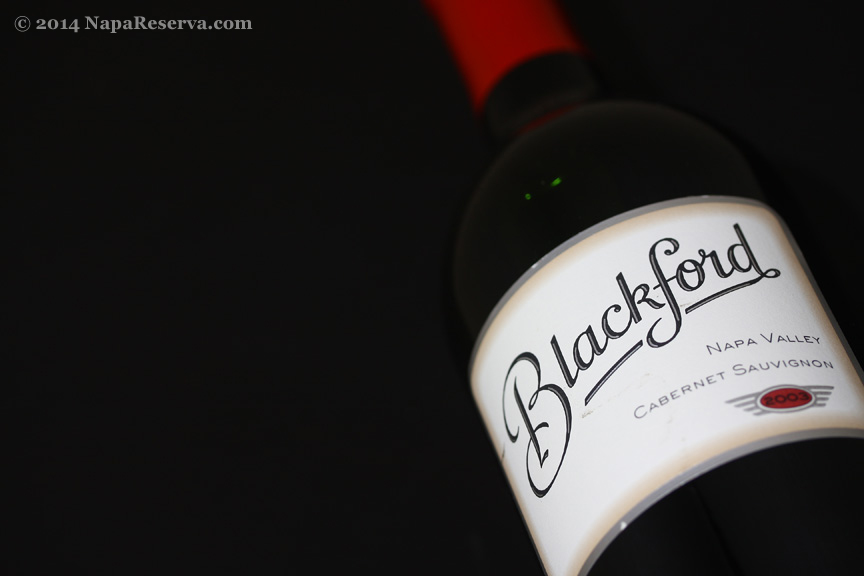 There are some guidelines when it comes to varietal labeling and they vary from country to country, even appellation to appellation within a region.
There are some guidelines when it comes to varietal labeling and they vary from country to country, even appellation to appellation within a region.
Argentina
- Indication of origin (appellation) requires 100% of wine produced must come from that region.
- Grape varietal indication requires at least 85% of such varietal
- Vintage indication also requires 85%
Australia
- Indication of origin (appellation) requires 85% of wine produced must come from that region.
- Grape varietal indication requires at least 85% of such varietal
If multiple varietals and appellations were used, descending order of importance must be listed.
Canada
- Grape varietal indication within a Province requires at least 75% of such varietal; for a specific geographic appellation, it rises up to 85%.
- Vintage indication requires 95%
Chile
- 75% (minimum) rule applies for Chilean wines on labeling of varietal, region and vintage.
New Zealand
- Indication of origin (appellation) requires 75% of wine produced must come from that region.
- Grape varietal indication requires at least 75% of such varietal
If multiple varietals were used, descending order of importance must be listed.
South Africa
- Grape varietal indication requires at least 75% of such varietal
The U.S
- Indication of a state or county requires 75% of wine produced must come from that region; California enforces a highest standard of 100%, while Texas is at 85%.
- Indication of an AVA (specific appellation) requires 85% of grape coming from such appellation, Oregon is stricter with 90% requirement.
- Grape varietal indication requires at least 75% of such varietal; Oregon is again at 90%, except for Cabernet Sauvignon at 75%.
- Vintage indication also requires 95%
Not only varietal labeling has been a popular practice in New World countries, it is also more approachable for consumers, especially new wine-drinkers. There is always an exception, premium wineries are going away from varietal labeling, at least for their top wines. Instead, a proprietary or fictitious name is used, in most cases these wine are so well known and adored they need very little introduction or labeling -Insignia and Opus One to name a few.
